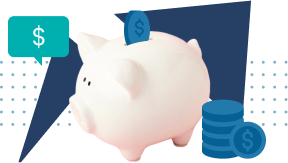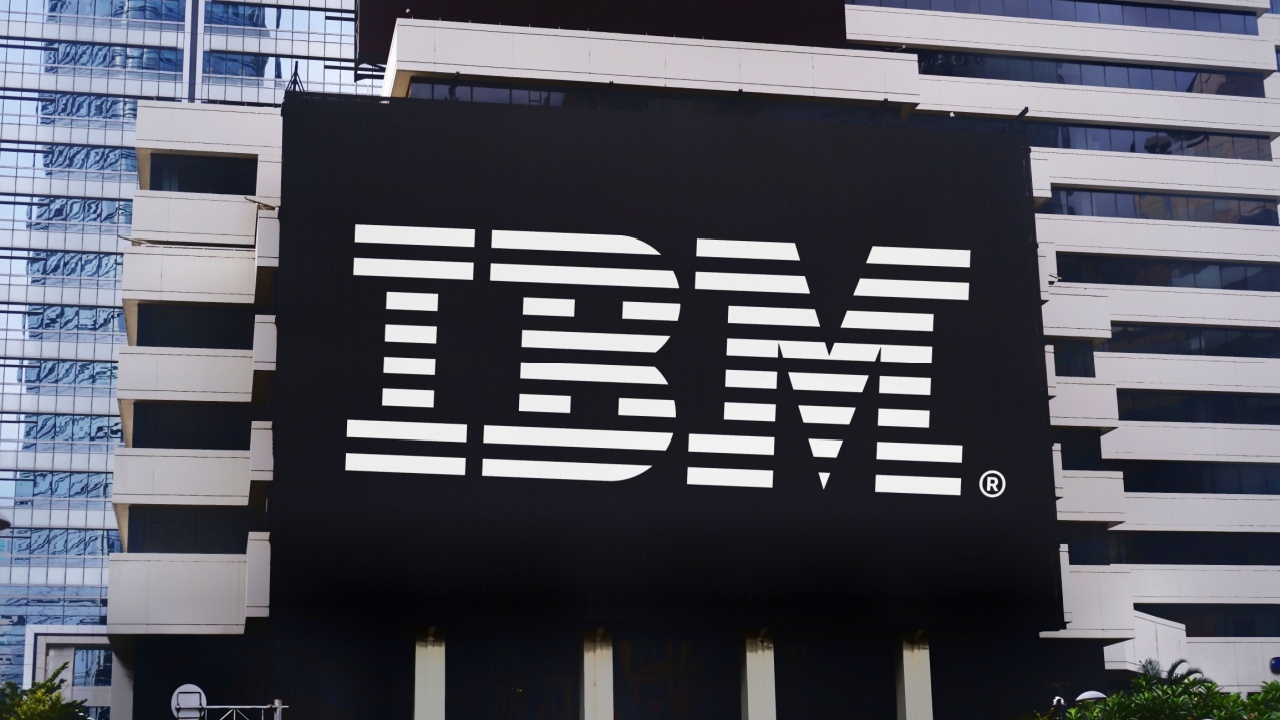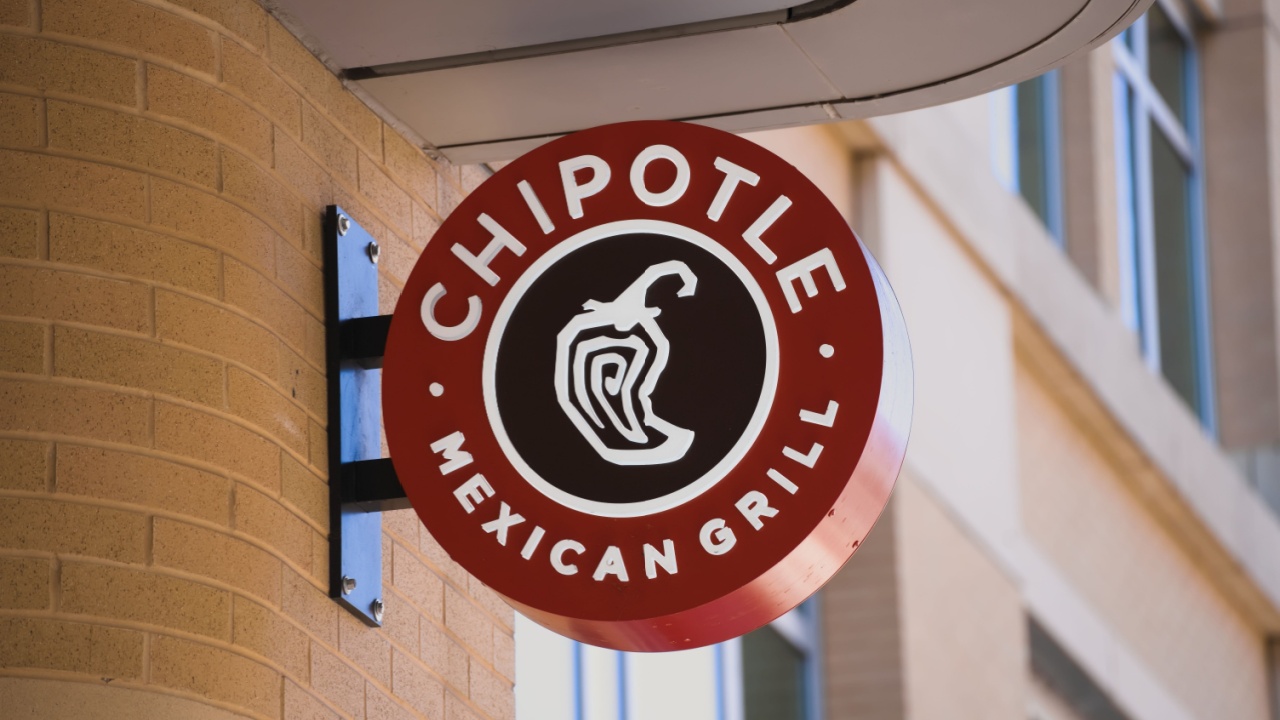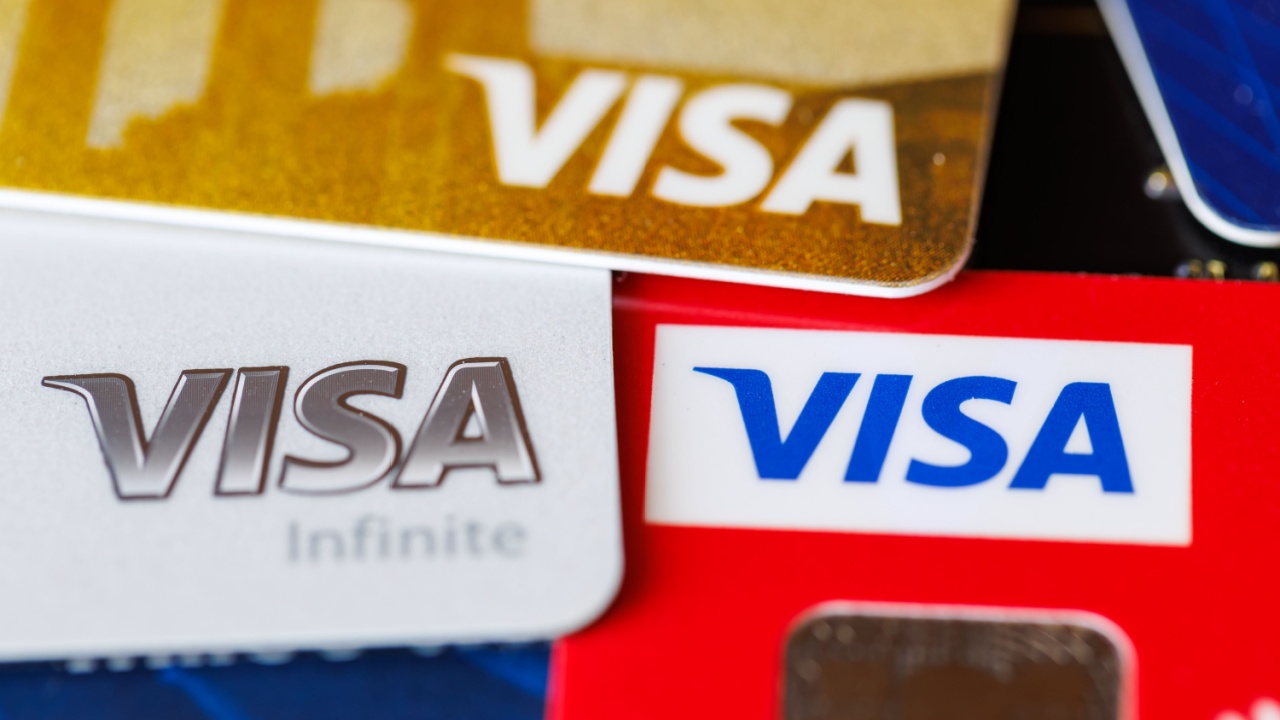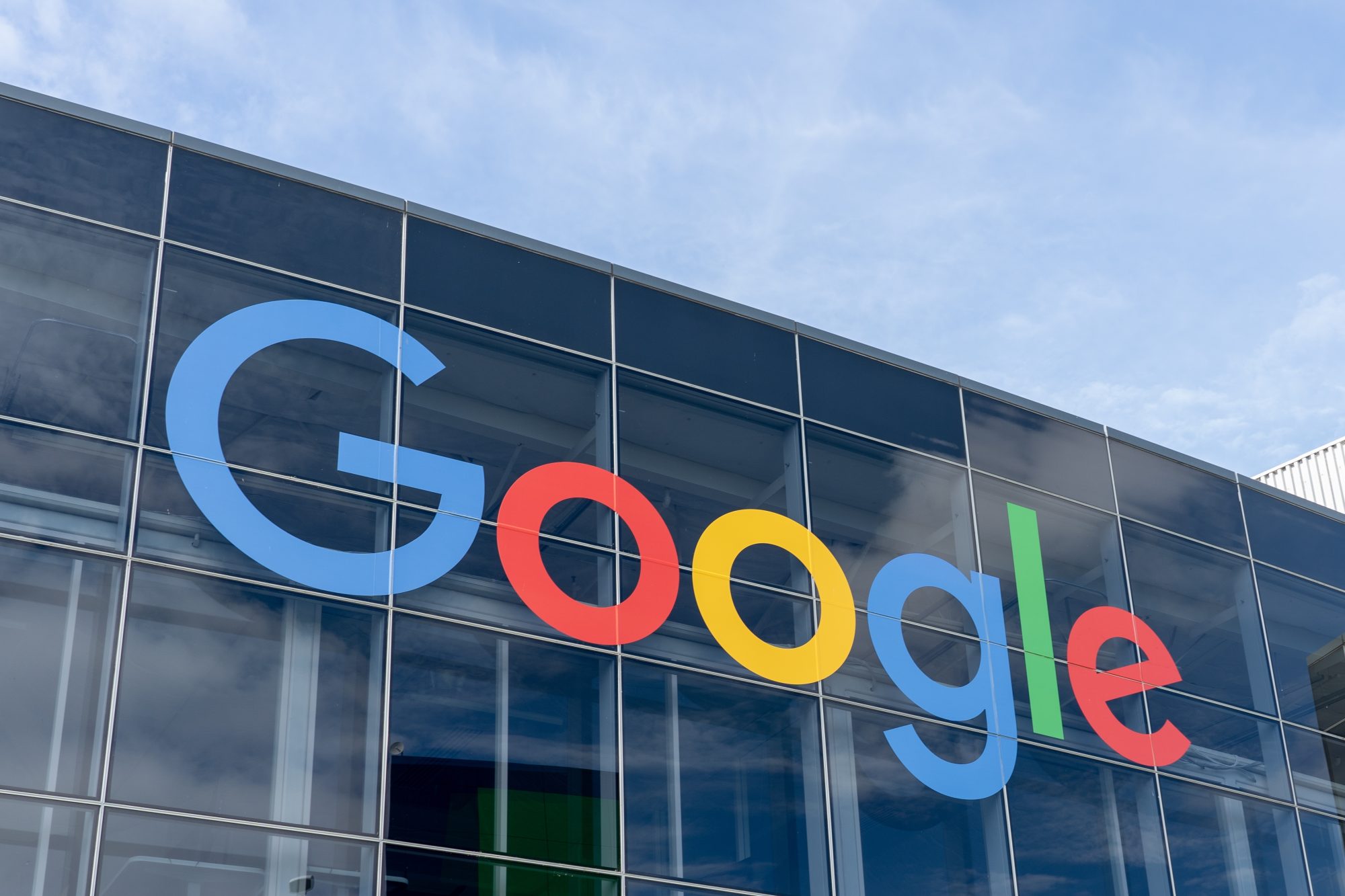Dylan Adelman presentation from the 2017 Sohn Conference discussing his long position in eBay Inc., Short Paypal pitch
Introduction
A contrarian thesis inside of a contrarian thesis?
- The standard contrarian thesis on eBay is excellent. The company is a stable grower falsely seen as a melting ice cube, has temporary unpopularity, is aggressively repurchasing undervalued shares, has a fast-growing earnings stream from StubHub, and trades at a reasonable valuation.
- This is not the standard contrarian thesis. Two additional factors indicate that eBay has 46% upside from current levels. These factors relate to eBay’s post-spinoff operating agreement with PayPal (“Merchant of Record”) and to its Classifieds Group segment (“Classifieds”). 5-year IRR equals 24%.
- 46% upside? This excludes the merits of the standard contrarian thesis. eBay’s Marketplaces and StubHub segment are given more conservative valuations than sell-side consensus estimates in this presentation.
- Bonus Prize: Part I of this pitch doubles as a short thesis on PayPal.
Part I - Merchant of Record
“It’s important to realize that losing even half the eBay volume might have destroyed PayPal as a business […] eBay owned the platform and the checkout line. In hindsight, it’s a miracle they didn’t thrash PayPal.” – David Sacks, First COO of PayPal (2014)
Not quite the Shakespeare play.
eBay-PayPal Relationship
- eBay acquired PayPal in 2002 to serve as its merchant of record. This provided costless new users to PayPal while giving eBay an in-house payments processor.
- As eBay’s merchant of record, PayPal intermediates every transaction. Buyers pay PayPal, and PayPal pays the seller. PayPal takes a ~3.5% fee from the buyer and pays a ~1% fee to the acquiring merchant bank that processes in bulk. The spread is PayPal’s profit.
Everyone Else in 2017
- All major e-commerce sites are merchants of record. Some of these payment processors, such as Alibaba’s AliPay, have gained traction outside their websites.
- The downsides to being a merchant of record are the risks of chargebacks and customer service costs. The upside is a 2.5% spread on gross merchandise volume. For the largest e-commerce sites, being a merchant of record is thus a substantial profit center.
eBay can become a merchant of record by serving as its own payment intermediary, rather than outsourcing to PayPal. This would provide a 2.5% profit spread on eBay’s ~84 billion GMV.
Someone forgot to disclose “key customer risk.”
Benefits to PayPal
• In response to a proxy for splitting eBay and PayPal led by Carl Icahn, management noted on 3/24/14:
“Tightly integrated with eBay, PayPal can grow faster and more profitably than it would as a standalone company. Adoption and use of PayPal on eBay enables innovation and growth off of eBay. For example, eBay delivers about 30% of PayPal's new users at virtually no cost, more than 30% of PayPal's revenues and approximately 50% of PayPal's profits. PayPal's growth and leadership in mobile payments has occurred precisely because of this strong base of PayPal users on eBay.” – 3/24/14
Benefits to eBay
Why does eBay continue this one-sided relationship?
See the full slides below.







